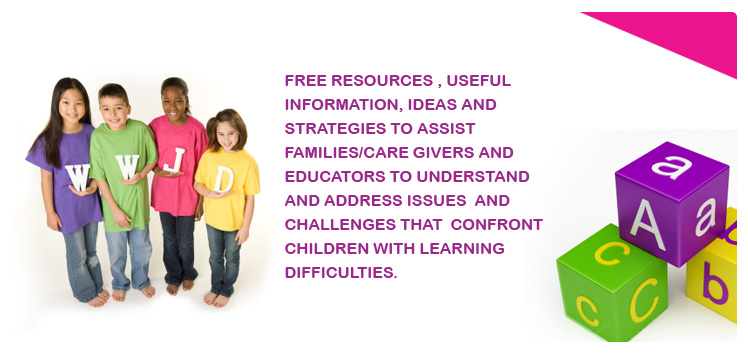

Confusing Fonts

And these are just a few fonts available on the web management system!
L for example is often a straight line without the cursive hook on the bottom but in cursive writing, a straight line is a capital I.
For most children, this is not an issue but for children with a learning difficulty, this can affect their decoding of words :
little looks like it starts with a capital i and some letters such as g can be quite different. An awareness of the various fonts fixes the problem.
However, these differences often creep into children’s handwriting. They like a particular shape of a letter and start using it or they find it easier to form than the font they are being taught.
a is a good example. I often see children with hemispheric dominance confusion using this. They start at the bottom, draw the line with the curve and then add the circle!
Here are some examples of different letter formations:
Is it a problem for children to use different fonts for certain letters? I do not believe it is but other educators may disagree. If a child with a learning difficulty is writing competently; the writing is reasonably neat, legible and easy to read, then I believe the handwriting goal has been achieved. Time would be better spent working on important areas of learning instead of how children form their letters. After all, no two children in Grade 6 have identical handwriting ……….after practising the same Cursive text for many years! Handwriting is a personal expression of ourselves and I feel that children would enjoy it far more if it could be taught as such.
© Playground Sound
This website has been made possible thanks to Layne Beachley’s “Aim for the Stars” Foundation.